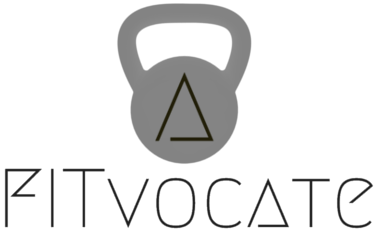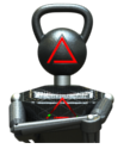
What is the best strategy? One involves high weight and low reps, while the other involves high reps and low weight. Is exclusively training with one of these strategies even effective or should it be some combination of the two? Well, the answer may surprise you.
If you are looking to be able to move more weight for the big movements then purely strength training may be for you. However, it needs to be pointed out that while strength and hypertrophy may influence the weight you use and the rep count, there are many other factors that contribute to improving overall fitness. For instance, flexibility isn’t necessarily a reason for training but without it your risk for injury greatly rises.
Strong On The Surface
Strength training alone will set you up for injury. Consider how impatient people may become when progress is not going fast enough or has even stalled (plateaus); this could possibly result in the individual jumping up in weight too fast. Quickly increasing the weight doesn’t allow for the little or weaker muscles to adapt in time which causes muscle imbalances and will more than likely result in poor form and injury.
What’s The Hype?
Now, here at Fitvocate we’ve never really been a fan of hypertrophy training exclusively. A lot of research shows that for natural lifters this form of training is pretty inefficient and ineffective. If you were to incorporate this style of training it should be in addition to your strength training and not the sole approach. Actually, a great way to incorporate hypertrophy training is the day after your big movement day. For instance, if you perform heavy squats on Monday then on Tuesday you would perform a few light weight sets of high reps. This style of training is called “Re-feed” training and allows your body to pump fresh blood and nutrients into the recovering muscles (under a light stress load) and as a result pump out the waste from the muscle repair process. This leads to faster recovery time and better overall muscle development.
The Best Strategy For Training
The best strategy to follow would include strength training (lower reps with higher weights) mixed with high intensity interval training (HIIT) - preferably a sport but callisthenic movements are great too. A sample workout schedule would look like this:
- Monday - Leg Day
- Tuesday - Chest Day
- Wednesday - HIIT (Tabata or some High Intensity sport like sprinting, boxing, soccer, or basketball)
- Thursday - Back Day
- Friday – Shoulder Day
- Saturday - HIIT (Tabata or some High Intensity sport like sprinting, boxing, soccer, or basketball)
- Sunday - Rest
You’ll find what works for you. The main point that we’re trying to get across is that solely training in one dimension (exclusively strength training or hypertrophy training) will lead to many weaknesses, and when we’re talking about weightlifting – weakness will be exposed and, if not fixed, leads to injury.
Quickly increasing the weight used will more than likely result in poor form and injury.
- Food For Thought
- Muscle Size
- Strength Development
- Weight Training

